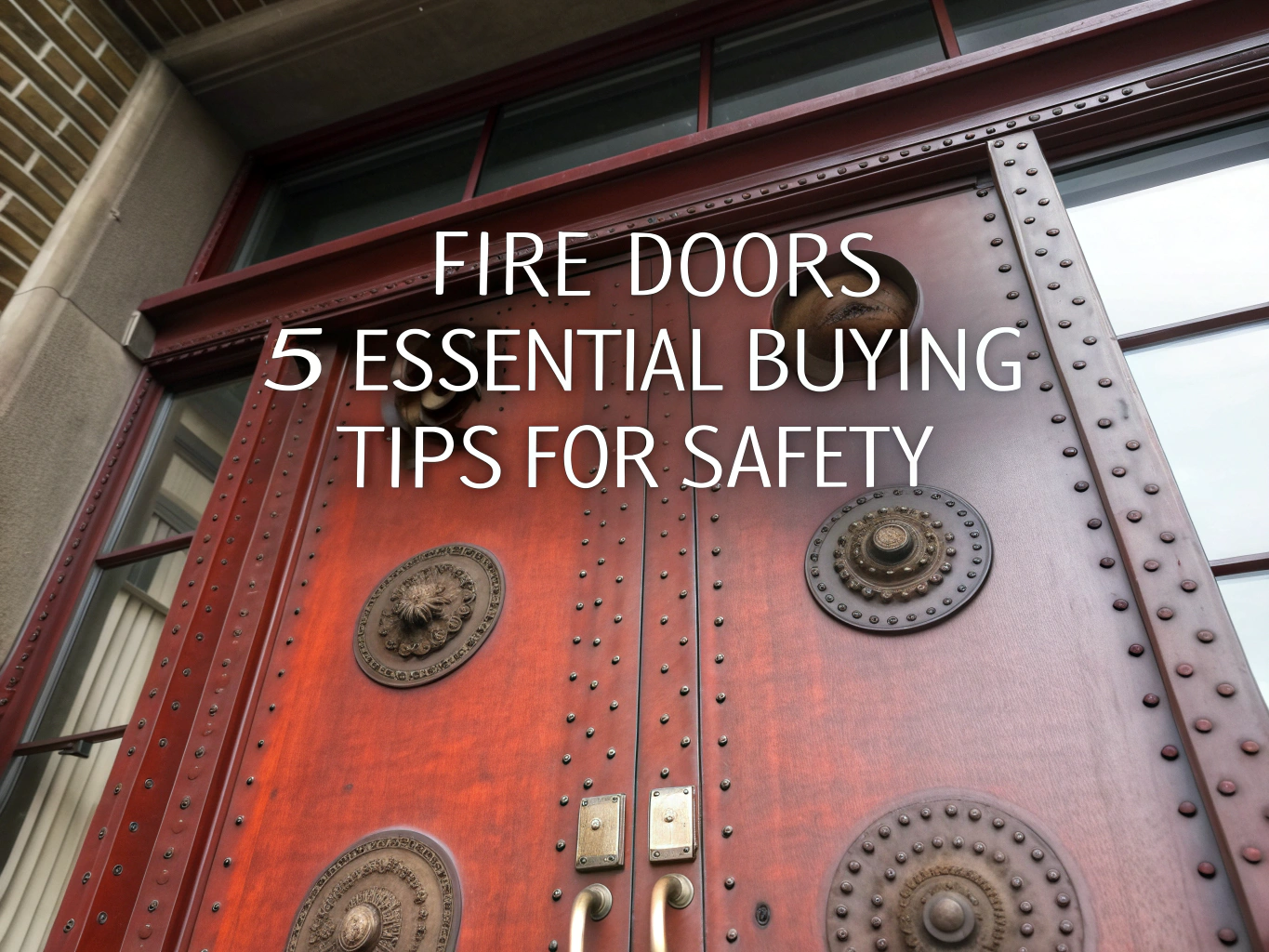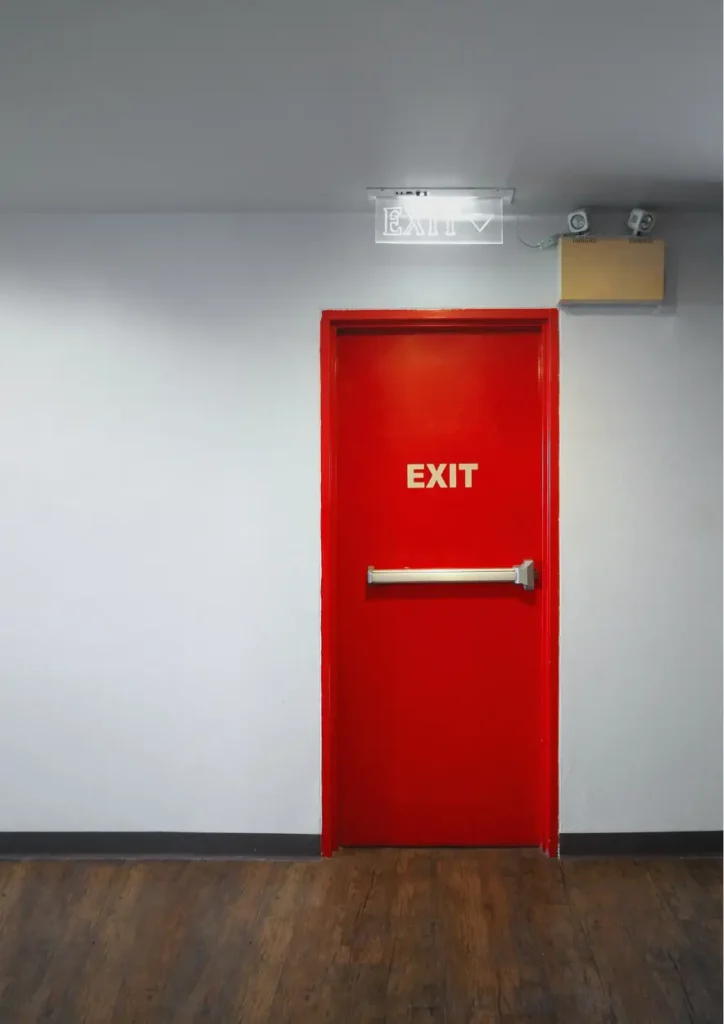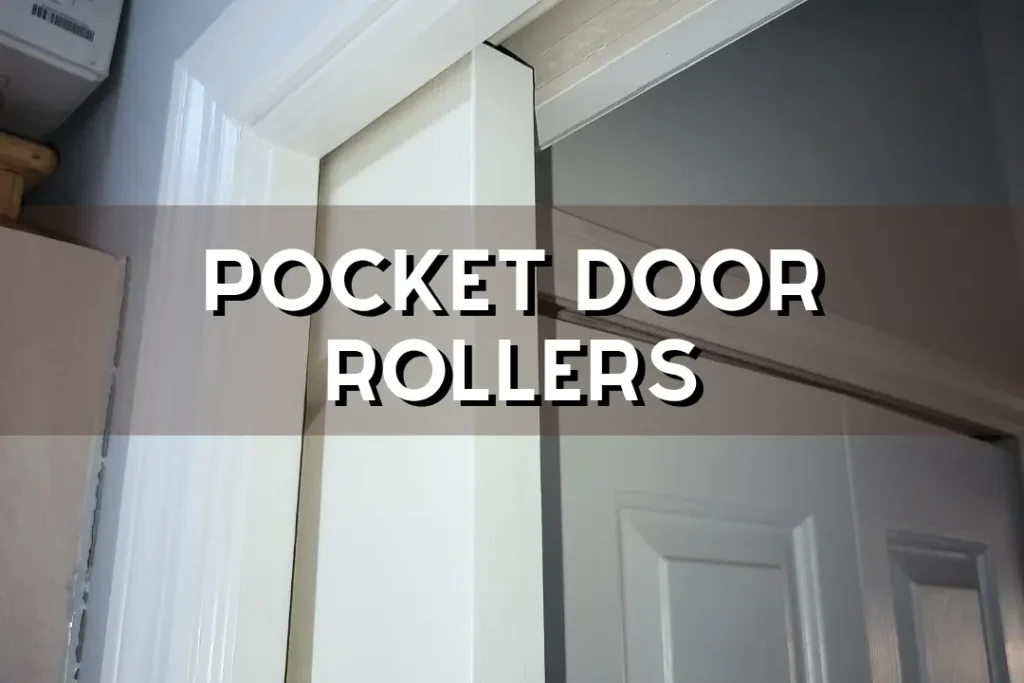
Have you ever wondered how long a fire door can actually stop a fire? Fire doors are a crucial safety feature in buildings, providing essential protection during an emergency. Knowing what to look for when buying one can make all the difference. In this guide, we will give you clear, straightforward tips to help you choose the safest fire doors for any setting. Let’s explore how you can enhance your safety with the right decisions.
Fire doors serve as critical barriers that contain flames and smoke during emergencies, buying precious time for safe evacuation and protecting property. With updated fire safety regulations for 2025 introducing stricter compliance requirements and inspection schedules, selecting the right fire door has never been more important for building safety.
Understanding Fire Door Classifications and Certifications
Fire door ratings indicate how long a door can withstand fire exposure before failing. The most common classifications include FD20, FD30, FD60, FD90, FD120, and FD180, representing minutes of fire resistance. These ratings help you match the door’s protection level to your building’s specific safety requirements.

Fire Resistance Ratings
All certified fire doors must meet BS EN 1634 and BS EN 13501 standards to guarantee their performance during fire incidents. Each door carries a permanent label showing its fire resistance duration, manufacturer details, and test certification information. This labeling must remain visible throughout the door’s lifetime to maintain compliance and allow for proper inspection.
Certification Requirements
- Permanent labels indicating fire resistance duration
- Manufacturer, model, and test certification details clearly displayed
- Label visibility maintained for the entire lifetime of the door
- Compliance with current British Standard requirements
Choosing the Right Fire Rating for Your Location
Location determines the appropriate fire rating for your doors. High-risk areas like stairwells, corridors, and plant rooms require doors with higher ratings, while standard escape routes and communal areas may need lower-rated options. Multi-occupancy buildings over 11 meters have special requirements that affect door selection.
Risk Assessment by Location
Stairwells and corridors typically need FD60 or higher ratings because they’re primary escape routes. Plant rooms housing mechanical equipment often require FD90 or FD120 doors due to increased fire risk. Common areas in residential buildings usually need FD30 doors, while integral garages connecting to living spaces require specific fire-rated barriers.
Location-Specific Requirements
- Integral garages to living spaces: FD30 minimum rating
- Common areas in residential buildings: FD30 standard requirement
- Commercial building specifications: varies by occupancy type and risk assessment
- Multi-story buildings: higher ratings for vertical escape routes
Hardware and Installation Requirements
Compatible hardware maintains your fire door’s certification and performance. Intumescent seals expand when heated to seal gaps, while door closers provide automatic closing functionality. Panic bars on emergency exits allow quick egress during emergencies, and all hardware must be certified to maintain the door’s fire rating.
Compatible Hardware Selection
Only use hardware that’s tested and certified with your specific fire door model. Uncertified hardware can void the door’s fire rating and create liability issues. Door closers must be properly adjusted to close the door completely, and intumescent seals should be inspected regularly for damage or wear.
Installation Standards
Professional installation maintains proper 3-4mm gap tolerances between door and frame. Self-closing and self-latching mechanisms must function correctly to meet safety requirements. DIY installation isn’t recommended because improper fitting can compromise fire protection and void certifications.
Legal Compliance and Regulatory Updates for 2025
Current legislation changes for 2025 strengthen fire safety standards across residential and commercial buildings. The British Standard BS EN 13501 series now serves as the primary classification system, while Regulation 38 mandates detailed fire safety information provision and confirmation by responsible persons.
Current Legislation Changes
- British Standard BS EN 13501 series requirements replace some national standards
- Regulation 38 compliance mandates for information transfer
- Care home sprinkler and compartmentation requirements
- Enhanced documentation and notification procedures
Inspection Requirements
Multi-occupied residential buildings over 11 meters require quarterly checks of all common area fire doors and annual checks of flat entrance doors. Documentation of inspections and maintenance actions must be kept to demonstrate compliance during regulatory audits. High-traffic zones may need more frequent monitoring.
Recommended Fire Door Products and Accessories
These certified products meet current safety standards and provide reliable fire protection for various applications.

VIZ-PRO Steel Security Door, Right Hinged
- Easy installation with quick mount design
- Durable steel construction for added security
- Right side-hinge for consistent door swing
- Inward opening suitable for various settings
- Includes frame and hardware for convenience

VIZ-PRO Double Fire Exit Door with Panic Bar
- Quick mount for speedy installation
- Double doors maximize emergency exit options
- Panic bar enables fast egress
- Left side-active leaf ensures accessibility
- Compliant with safety standards

VIZ-PRO Single Fire Exit Door with Panic Bar
- Effortless installation with quick mount
- Panic bar for quick emergency exit
- Right-hinged design suits various setups
- Gray finish adds a professional look
- 36-inch door slab fits most openings

Fire Rated Archtop MDF Door, Primed
- 20-minute fire rating for safety assurance
- Elegant archtop design for aesthetic appeal
- Right-hand in-swing configuration
- Primed and ready for painting
- Standard size fits most door frames

Fire Door Keep Closed Safety Sign
- Essential for fire safety compliance
- UV protected for long-lasting use
- 4 mil vinyl resists wear and tear
- 3×12 inch size easy to see
- Made in the USA ensures quality

Aegis Multicolor Fire Door Gauge
- Accurate clearance measurement tool
- Multicolor design easy to read
- Compact size for convenient carrying
- Ensures compliance with safety codes
- Great for professional or personal use
Consider fire-rated doors that match your building’s specific requirements and risk assessment. Steel doors offer maximum durability for high-traffic areas, while MDF options provide cost-effective protection for residential applications. Panic bars are mandatory for emergency exits and must be tested regularly.
Inspection and Maintenance Best Practices
Regular inspections identify potential problems before they compromise fire safety. Quarterly inspections for common areas and annual checks for individual flat entrance doors are legally required in multi-occupied buildings. High-traffic zones need more frequent monitoring to catch wear and damage early.
Routine Inspection Requirements
- Quarterly inspections for common area doors
- Annual checks for individual flat entrance doors
- High-traffic zone monitoring as needed
- Emergency exit door testing monthly
Inspection Checklist
Check for visible damage to the door surface, frame, or hardware. Verify that certification labels remain visible and legible. Test self-closing devices to confirm proper operation and inspect intumescent seals for damage or gaps. Latch mechanisms should engage fully when the door closes.
Common Compliance Mistakes to Avoid
Installation errors often void fire door certifications and create serious safety risks. Using uncertified doors or improper hardware compromises fire protection, while unauthorized modifications can invalidate testing and insurance coverage. Operational mistakes like propping doors open without automatic systems also violate regulations.
Installation Errors
- Using uncertified or mislabeled doors
- Improper hardware selection that voids certification
- Unauthorized door modifications without retesting
- Incorrect gap tolerances during installation
Operational Mistakes
Propping doors open without automatic closing systems connected to fire alarms violates safety codes. Removing intumescent seals or obstructing self-closing mechanisms prevents proper operation during emergencies. Building occupants need education about keeping fire doors closed and reporting maintenance issues promptly.
Documentation and Record Keeping
Regulation 38 compliance requires detailed documentation of fire door installations, locations, and maintenance activities. Fire door registers must track inspection dates, repair actions, and certification details. Proper documentation protects against liability and demonstrates compliance during regulatory audits.
Required Documentation
- Fire door register maintenance with current records
- Installation and location records for all doors
- Inspection dates and maintenance actions documented
- Regulation 38 compliance records maintained
Handover Requirements
Fire safety information must be transferred to responsible persons with proper confirmation procedures. Authority notifications are required when information is provided and confirmed. Responsible person confirmations create clear accountability for ongoing fire door maintenance and compliance. Consider professional fire door services for complex installations and fire-rated door replacements to maintain proper certification.
FAQs
What Is The Purpose Of A Fire Door?
The purpose of a fire door is to prevent the spread of fire and smoke between different sections of a building, ensuring occupants have a safe exit route and fire services have access to control the fire.
How Long Do Fire Doors Last?
The lifespan of a fire door can vary, but with proper maintenance and regular inspections, they can last for many years. It’s crucial to follow any manufacturer guidelines and local regulations regarding maintenance and replacement.
Can Fire Doors Be Painted?
Yes, fire doors can usually be painted, but it’s important not to damage or cover the intumescent seals or mechanisms. Always use suitable fire-retardant paints and consult with the door’s manufacturer for specific recommendations.
Are Fire Doors Required In Residential Buildings?
Fire doors are often required in certain parts of residential buildings, such as those that lead to stairways or between a garage and the main living area. Local building codes and regulations will provide specific requirements.
How Do I Know If My Fire Door Is Compliant?
To ensure compliance, check for certification labels or tags on the door, review local building codes, and have the door inspected regularly by a qualified professional.

Abdelbarie Elkhaddar
Glamorwood Ltd.
A door expert and home improvement writer with over 12 years of experience. I help homeowners and contractors choose smart, stylish, and secure doors.






Leave a Reply